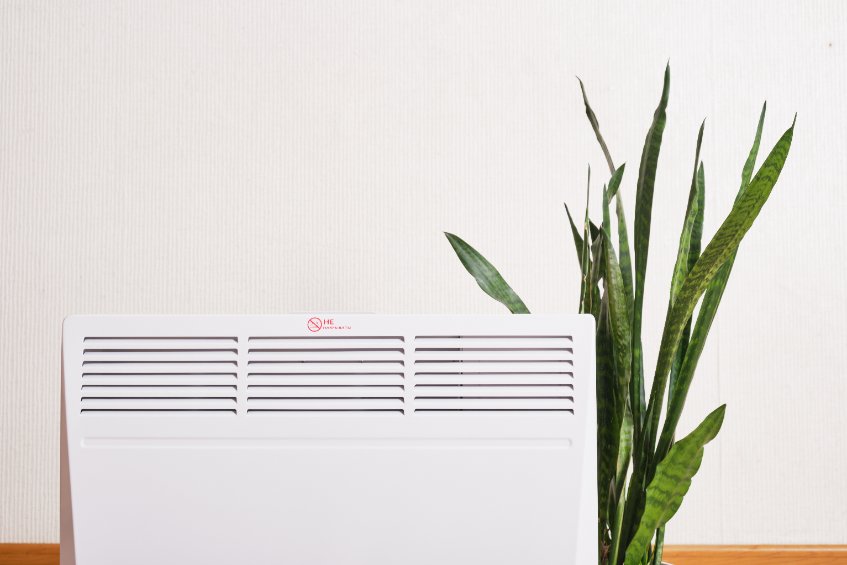What Is Inside An Electric Radiator?

We often discuss the benefits that homeowners can achieve when they switch over to electric radiators. They look great, save space, and are far more efficient when compared to water-based heating systems and radiators. They can also help you to save a lot of money. And while many people are aware of how standard water radiators work (with heated water from a boiler flowing through them), electric radiators work very differently.
So if you are not using heated water, what does an electric radiator use? And how does an electric radiator work?
What Is Inside?
Unlike a standard radiator, an electric radiator does not contain water. This is actually a good thing since electricity and water don’t mix! Instead, an electric radiator contains two distinct components. It contains a type of heating element which is similar to an electrical resistor that can withstand a liquid and changes electrical energy into heat energy. The second component is glycol or oil. These electrical resistors use power from a home and turn each energy unit into heat.
The heat conducted through either the oil or glycol then spreads through the radiator which allows it to start circulating through different rooms in the home. To find out more information visit Electric Heating Expert.
What Is Glycol?
Glycol may sound like a strange substance, but in all honesty, it is an incredibly useful and safe little chemical. It is essentially a type of thermodynamic fluid (meaning it is great at conducting heat). It also has natural anti-corrosion and anti-freeze inhibitor properties, which are designed especially for sealed radiators and heating systems.
This also means that the chemical known as glycol has a very low freezing point and it won’t cause any of the metal components to rust. It does all of this while transferring a high amount of heat in a very efficient way. It is used in a variety of industries, from food to pharmaceuticals, and even HVAC.
Below are a few of the primary advantages of electric radiators that contain glycol:
⦁ It helps to retain heat for much longer, which provides ambient heat (for each room in your home)
⦁ You won’t have to worry about any build-up of corrosion, rust, or limescale in the radiator
⦁ Since it prevents limescale and rust, it transfers the heat as equally as well (if not better) than water
⦁ Does away with the requirement of having to balance or bleed your radiator
⦁ Reduces noises
⦁ The low freezing point of glycol means that you won’t have to worry about your radiator freezing over during the winter months
Glycol is available in two types which include propylene glycol and ethylene glycol. 90% of the industries that use glycol no longer use ethylene glycol since it can be especially toxic. Instead, our industry uses propylene glycol since regulators have approved it and it is also a proven non-toxic and safer compound.
Getting The System Wired In
So you may be wondering how these systems run? On electricity! Today there are many electric radiator types, from small units on wheels to wall-mounted versions and they all operate off electricity. The only difference between the different types has to do with how they are accessed. You can get a model that will plug into your mains socket, which makes them a lot more portable, which is very useful when it gets really cold in winter, and you want to heat in one of the rooms that you don’t use very often.
But the ideal method to power an electric radiator is to wire the unit to your mains. This is a very simple task and you can enjoy your new radiator and the heat that it provides in no time.
We hope you now understand a bit more about what an electric radiator is and the way that they work. At Electric Heating Expert, we supply a range of heating solutions and electric radiators to bring you the benefits linked to electricity without any downsides.